What happens when homes become lifeless vessels of speculation?
Across India’s expanding urban sprawl, a new kind of architectural silence is emerging — one not of ruins, but of brand-new buildings with no inhabitants. They’re called Ghost Apartments — residential towers where the lights never flicker on, elevators never ding, and balconies are never graced with drying laundry or the scent of home-cooked food.
This isn’t about haunted spaces. It’s about emotionally abandoned ones.
And it’s quietly reshaping how we think about real estate, value, and the soul of a city.
🕯️ What Are Ghost Apartments?
A Ghost Apartment isn’t an old, broken-down ruin.
It’s a brand-new or recently built flat—often fully finished, sometimes even lavishly furnished—that remains unoccupied for months or years. These homes aren’t unloved due to bad design or location. They’re simply held by investors who never intended to live in them.
● These properties are bought as “assets,” not homes.
● They lie unused, not rented out, and sometimes completely unmaintained.
● Entire towers in India’s metros can be 80–90% empty.
● At night, they form haunting silhouettes of darkness amid the glowing cityscape.
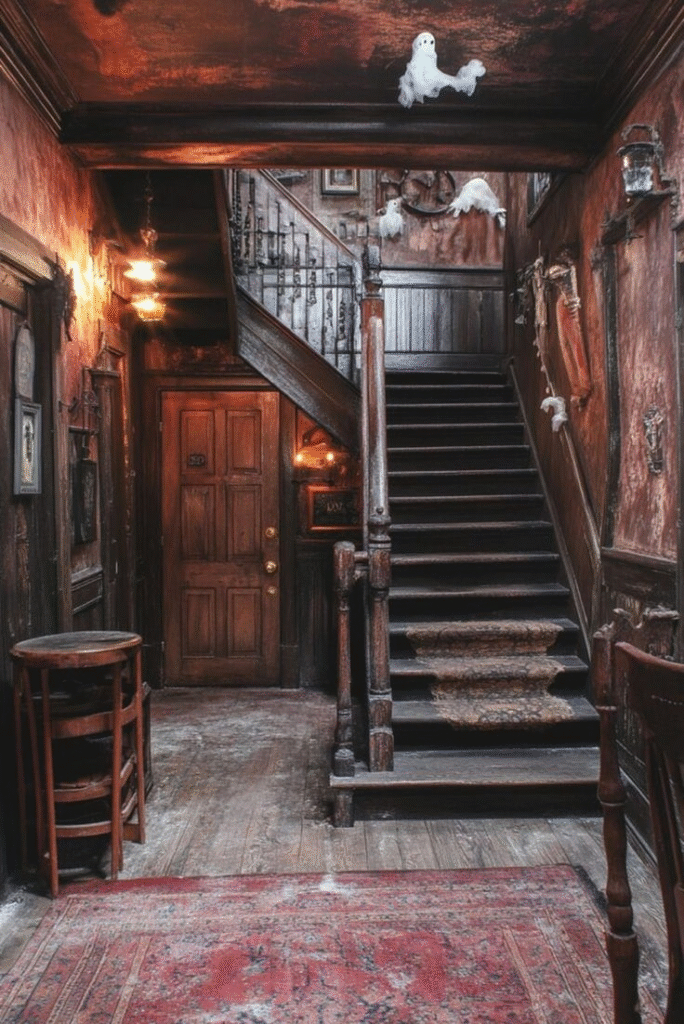
📉 The Investment Boom That Sparked the Ghost Towns
Post-2010, Indian real estate became one of the hottest sectors for speculative capital. As FDI opened up, domestic HNIs, NRIs, and even middle-class families began viewing homes as financial instruments, not living spaces.
● Projects in cities like Gurugram, Noida, Pune, Hyderabad, and even Tier-2 towns exploded.
● Apartments were pre-booked, flipped, and resold before a single tile was laid.
● “Possession” became a paper goal — not a lived reality.
● Rental income was ignored in favor of capital appreciation.
This led to an emotionally disconnected housing market, where the idea of “home” was replaced by “holding.” What you had was ownership without occupation.
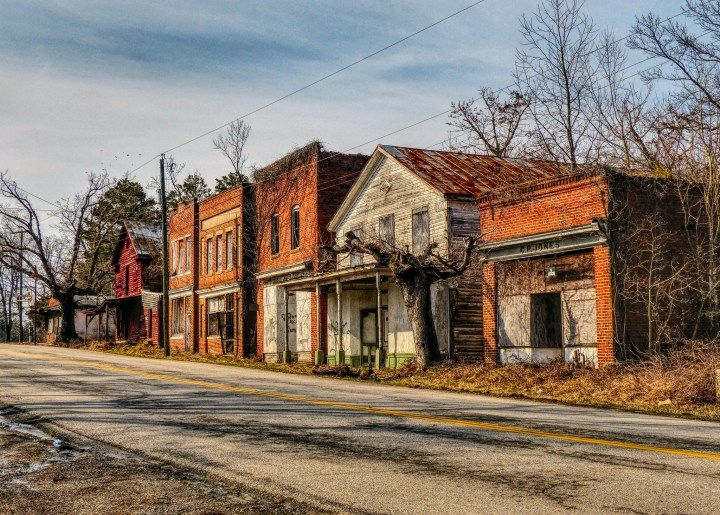
🚪Empty, Yet Sold Out: The Contradiction of Modern Housing
India has a shortage of affordable homes—yet lakhs of homes lie empty.
This paradox defines the Ghost Apartment crisis.
● As per a 2023 Knight Frank report, over 13.3 lakh unsold units exist in the top 7 Indian cities.
● Many of these are technically “sold” to investors, but not a single light turns on inside.
● Some towers are 95% empty for years, with only a handful of actual residents.
● Entire societies lack functioning amenities because there aren’t enough people to sustain operations.
This gives rise to dystopian communities: well-planned, landscaped, CCTV-guarded towers where nobody lives.
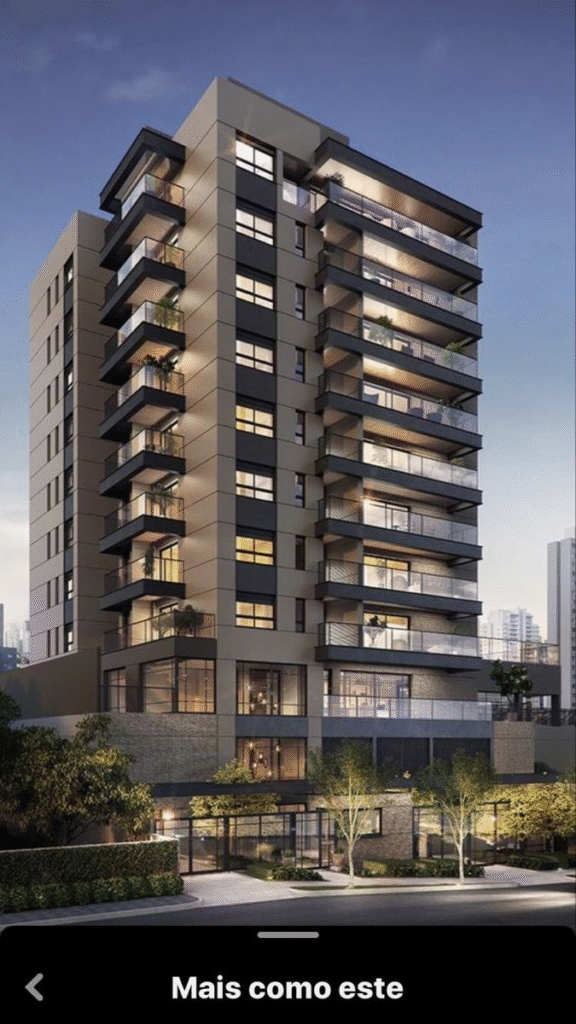
👁️🗨️ The Psychological Impact of Empty Homes
There’s something deeply unsettling about walking through a silent housing complex.
● Human beings are wired to seek signs of life — light, noise, movement, warmth.
● When an apartment complex lacks this, it triggers a sense of unease and alienation.
● Children in the few occupied homes grow up without playmates or neighbors.
● Security staff and maintenance crews operate in a kind of eerie, half-ghosted limbo.
● Even the architecture begins to “age faster” due to neglect, water stagnation, or disuse.
These aren’t abandoned buildings. They’re emotionally vacant ones — and that makes all the difference.
🧮 Who Is Buying These Ghost Apartments — And Why?
It’s easy to blame NRI investors, but the reality is more layered:
● HNIs and Family Offices: Real estate is seen as a stable, long-term wealth anchor.
● NRIs: Many invest in Indian homes for retirement or emotional ties — but never move in.
● Politicians and Bureaucrats: Often use apartments as legal wealth shelters.
● Middle Class Buyers: Buy a “second flat” as a symbol of arrival, but leave it locked.
● Flippers: Purchase only to sell later at higher prices, avoiding rental “damage” to interiors.
The result? Ownership without stewardship.
Homes that should breathe — remain in sealed stasis.

📸 From Instagram-Worthy to Inhabitable: The Architecture of Loneliness
Many of these buildings are beautifully designed. Some even win awards.
But beauty without life is just a mannequin.
● Rooftop pools remain unused because no one swims.
● Party halls remain untouched because there’s no community.
● Smart doorbells never ring.
● Kitchens never cook.
● Balconies overlook each other in silence.
Modern real estate is creating spaces that perform visually but fail socially.
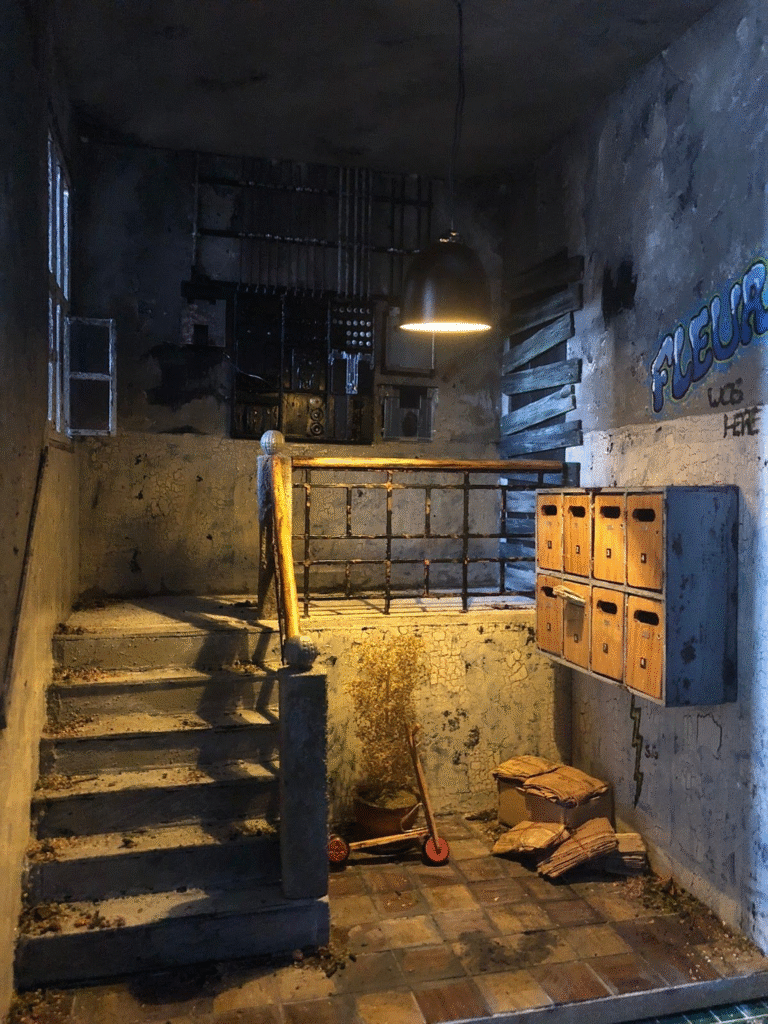
🔦 How Developers Fuel the Ghost Apartment Cycle
Developers play a big part in this emotionally sterile boom.
● They prioritize pre-sales to investors over creating lived-in communities.
● Post-handover, many reduce maintenance support — knowing no one’s really moving in.
● Interior design, layouts, and amenities are geared toward selling fast, not living well.
● There is zero emotional programming in most sales pitches — only ROI charts and carpet areas.
When developers cater to wallets, not hearts — you get vertical ghost towns.
📊 The Economics of Emptiness: Ghosts Can Still Be Profitable
It sounds counterintuitive — but many of these empty homes still make money.
● Prices appreciate even if no one lives in them.
● Holding costs are low compared to potential returns.
● Maintenance dues are unpaid or settled in bulk later.
● Tax loopholes and lenient enforcement allow ownership without consequence.
This creates an incentive to keep homes empty — rather than rent them out or sell them affordably.
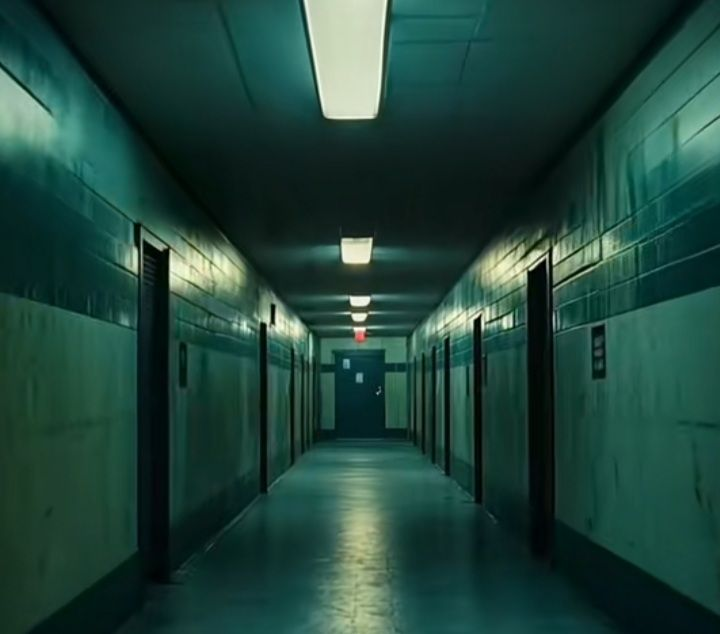
🌆 What It Means for India’s Urban Fabric
Ghost Apartments are not just a housing problem. They are a sociocultural tragedy.
● They hollow out the very idea of “neighborhood.”
● Children grow up without community bonds.
● Retired parents live isolated in empty towers.
● Small kirana shops and vendors shut down due to lack of footfall.
● Even delivery boys refuse to climb 10-storey towers for just 2 occupied flats.
In essence, cities expand physically while shrinking emotionally.
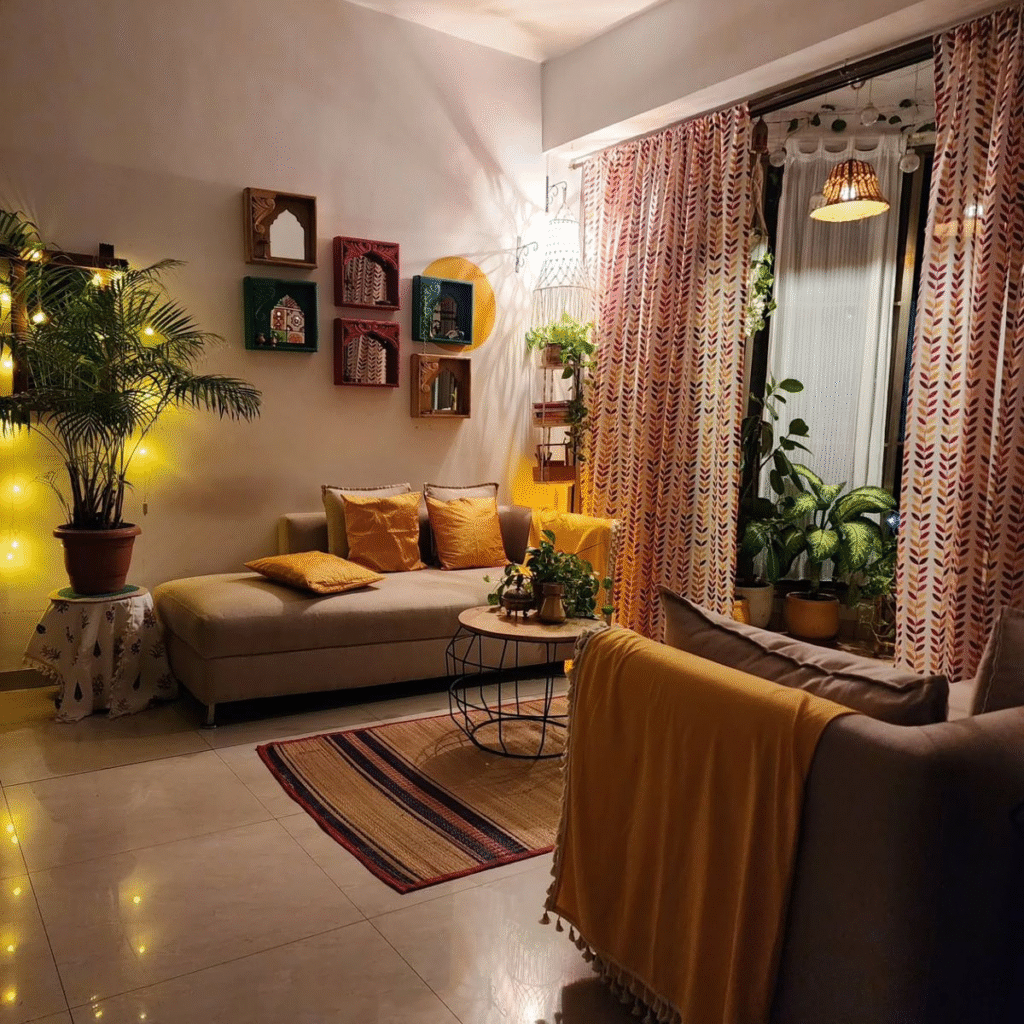
💡 What Can Be Done?
Solving the Ghost Apartment crisis means redefining real estate itself.
● Tax Vacant Properties: As done in Canada, New York, and Paris — to discourage absentee ownership.
● Create Buy-to-Live Incentives: Give rebates, lower EMIs, or maintenance waivers to end-users.
● Introduce Occupancy Clauses: Projects could have a minimum “move-in rate” before launch of next phase.
● Reimagine Marketing: Focus on community, emotional living, and cultural design.
● Rethink Architecture: Encourage smaller, denser projects with stronger shared zones and common areas.
If homes are designed and sold like emotional ecosystems—they’ll never turn into ghosts.
🏙️ Case Study Highlights: Indian Cities With High Ghost Apartment Density
● Gurugram: Entire sectors like 68–72 have 70% occupancy gaps.
● Noida Extension: Oversupply and slow possession have left many projects partially abandoned.
● Greater Mumbai: Ultra-luxury towers in South Mumbai often have only 1–2 families per floor.
● Hyderabad: Boom around Gachibowli and Hitech City led to investor-driven housing, now lying silent.
● Pune: Wakad and Hinjewadi face rising unsold inventory amid IT slowdown.
These aren’t architectural failures. They’re emotional miscalculations.
🧠 The Deeper Question: What Is a Home, Really?
At its core, this is not a market failure.
It’s a value system failure.
● We no longer ask: “Will I live here?”
● We ask: “Will this appreciate?”
● We no longer want neighbors, we want returns.
● We build homes for portfolio value, not personal value.
A Ghost Apartment is not just an empty space.
It is a mirror to the kind of cities — and lives — we’re creating.
💭 Final Thoughts: The Soul Must Move In Too
The next time you visit a real estate exhibition or get dazzled by a VR tour of a new property, ask yourself:
“Is anyone actually going to live here?”
Because the difference between a house and a home lies not in square feet, but in heartbeat per minute.
Cities don’t die when buildings crumble.
They die when homes stop being lived in.
📍Looking to build soulful homes, not ghost towers?
Let’s change how India lives — one conscious design at a time.
For emotionally rooted architectural and interior solutions:
📩 Contact: contact@mishulgupta.com
📍Serving Ambala, Haryana & beyond
🌐 www.mishulgupta.com
